EMERGE at FIND – Design Fair Asia brought together over 70 designers and more than 100 works — a snapshot of Pan-Asia’s creative energy today.
16 September 2025
Text by Yen Kien Hang
Four years ago, EMERGE started off as a showcase of Asia’s most exciting designers at FIND – Design Fair Asia. Now, not only has it proven and reinforced Singapore’s role as the convenor across borders and culture, but also widened its net of talents from Southeast Asia to Pan-Asia. At this year’s edition of EMERGE, designers from China, Hong Kong, Japan, South Korea, and Taiwan joined the line-up for the first time, together with established names from Singapore, Indonesia, Malaysia, the Philippines, Thailand, Vietnam, and Timor-Leste. With over 70 designers and more than 100 works presented, visitors at the fair got to enjoy the diversity and talents of this region.
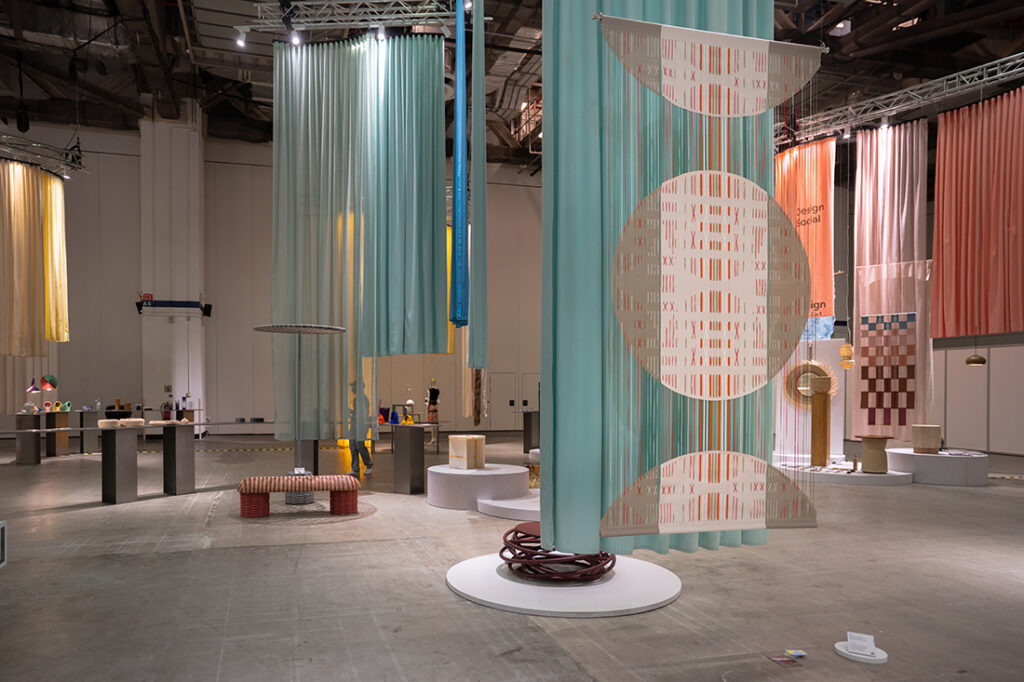
As explained by first-time co-curator, Edwin Low of Singapore design brand SUPERMAMA: “I am proud to present a showcase reflecting where design in Asia is headed, it’s one rooted in material culture, open to new voices, methods, and ways of connecting. What excites me most is seeing a shift from solitary authorship to collaborative making, from static outcomes to dynamic engagement.”
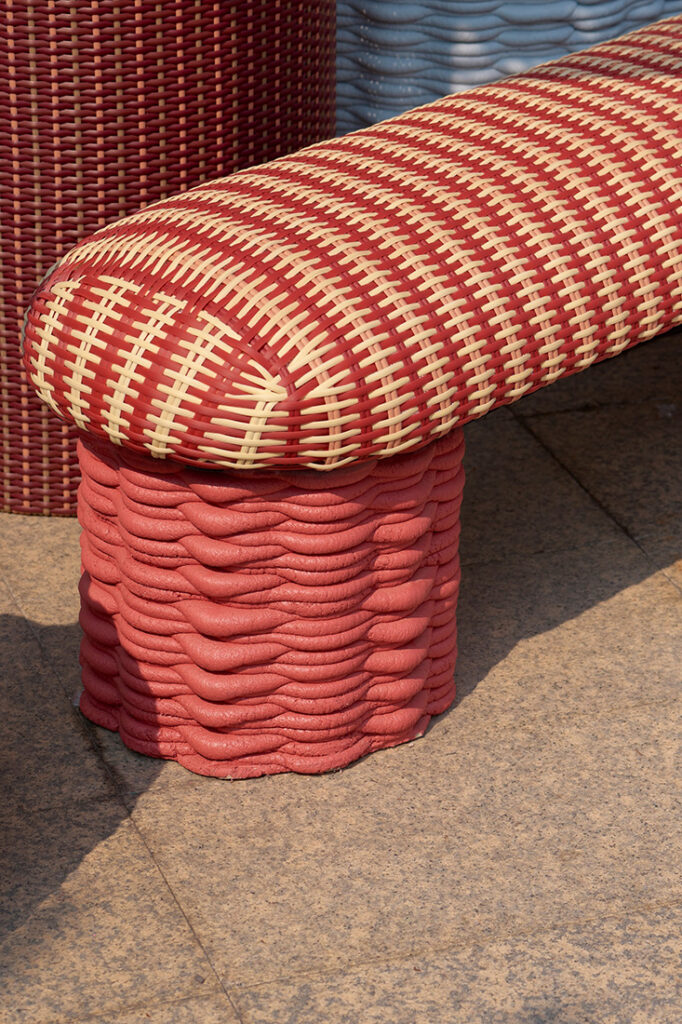
Under the theme of “Dialogue through Design”, the showcase was structured around two main sections: “Design Object” and “Design Social” – the former focusing on materiality, craft, and innovation, while the latter delving into design’s role in addressing social, cultural, and environmental contexts. The revival and reimagining of tradition in contemporary contexts also remained as a defining influence on many of the works from Southeast Asia.
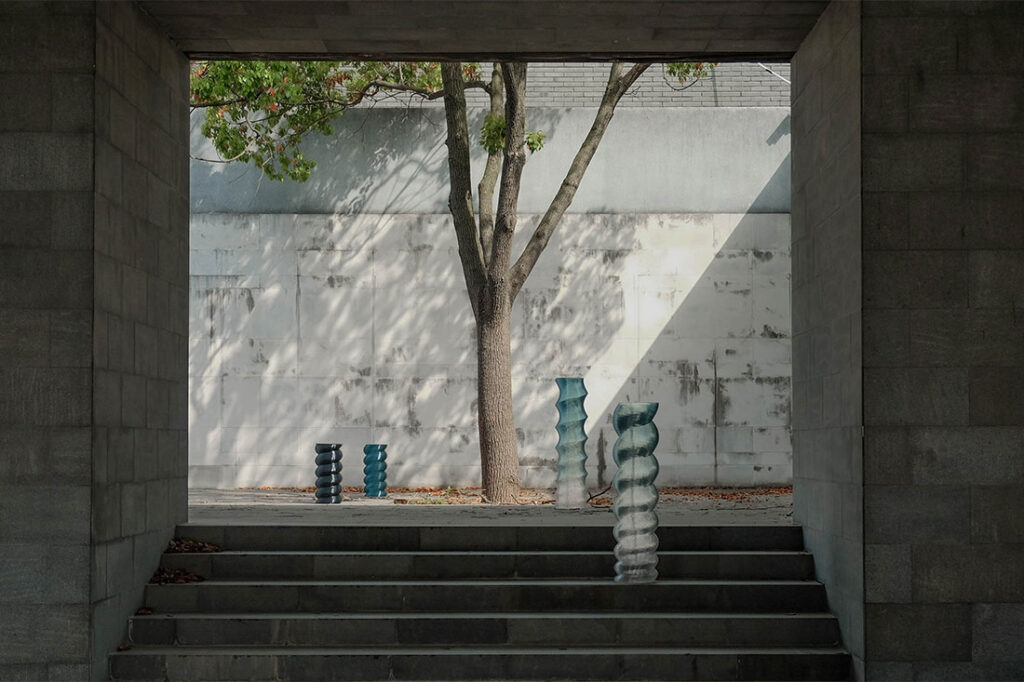
From the “Design Object” perspective, 3D-printed designs were a major trend that fascinated designers across the region. Some examples included Thailand’s Thinkk Studio, with their LoopLine outdoor furniture collection that merged 3D-printed concrete with recycled plastic and rice husk components. Then there was China’s Swirl Up (Wenny Chen & Marco Yu) with Movement 01 lamp series that was 3D-printed with 100% recycled plastic to create its distinctive gradient effect.
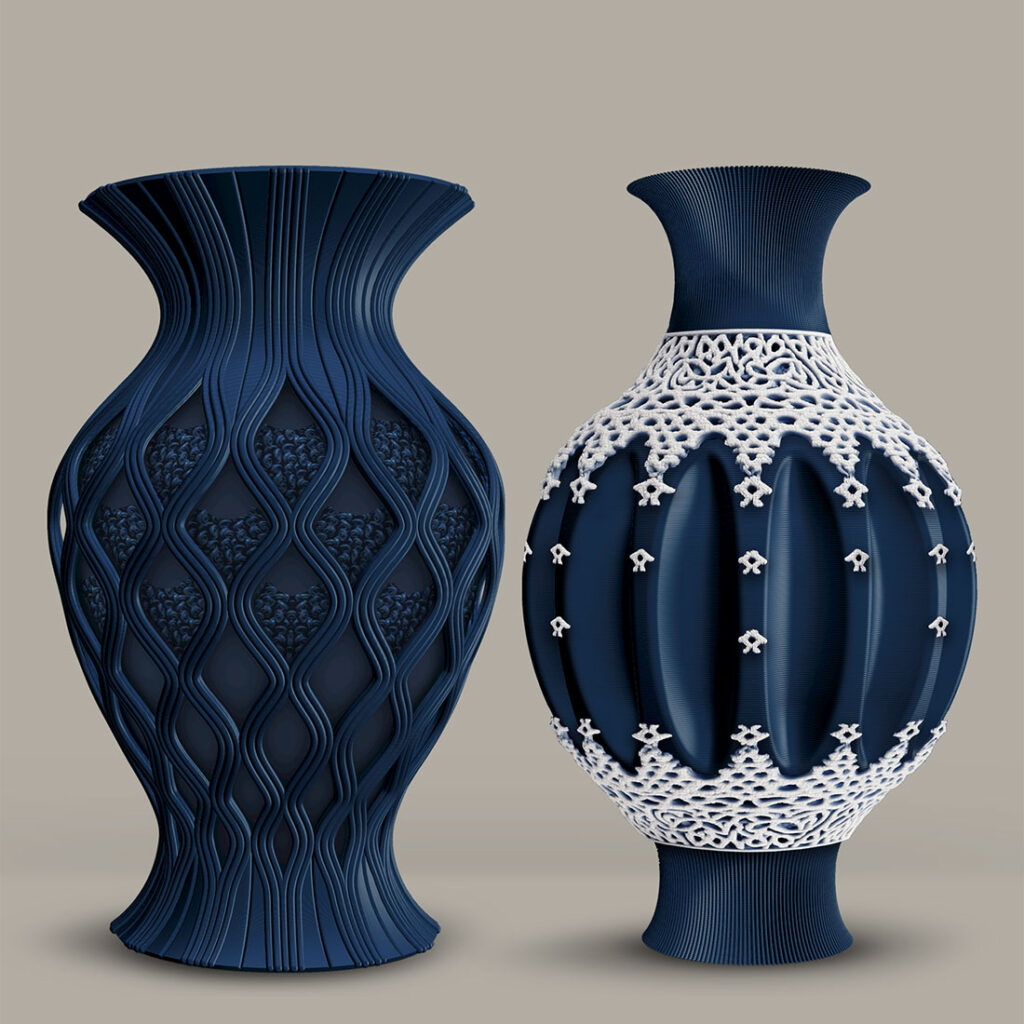
Singapore’s Shervon and Melvin Ong, who created “Threads of Becoming”, a series of vases with intricate patterns, were also a mesmerising sight to behold. Born in collaboration with lacquer threading master Andy Yeo, traditional religious effigies were fused with contemporary 3D printing, resulting in a design that highlighted how craft can continue to transform by connecting heritage and emerging technology. As both designers share a deep curiosity, they “like to reimagine craft through the interplay of code, machine, and hand.” Hence, their work tends to explore how tools such as 3D printing and AI can shape objects that feel at once familiar and uncanny.
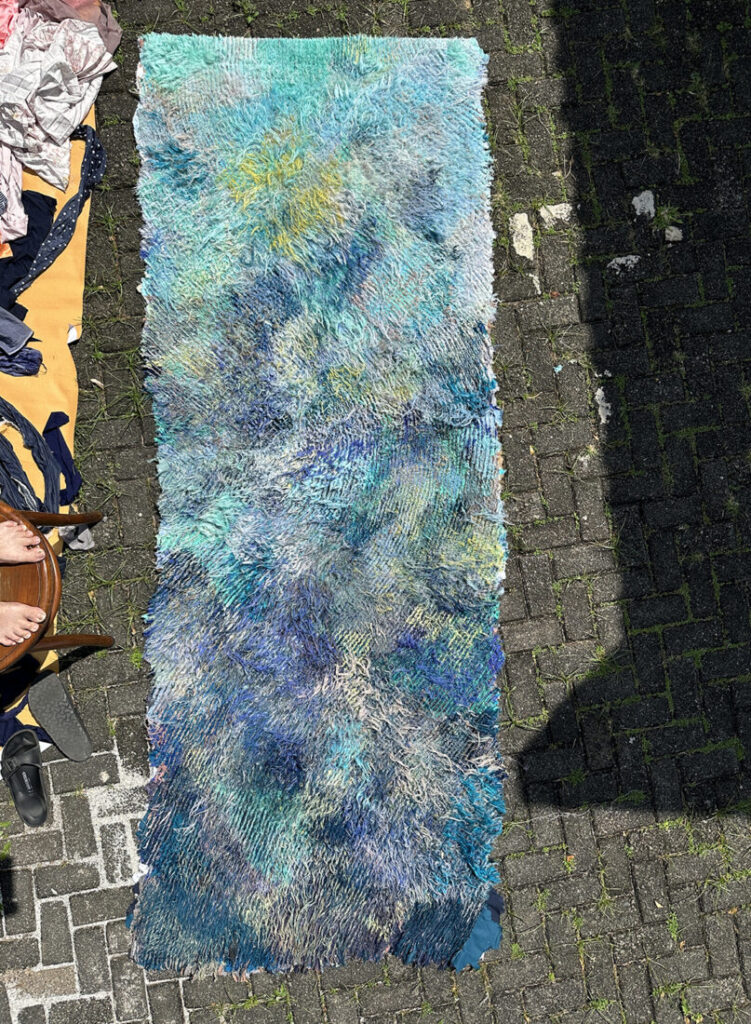
Turning our attention to the “Design Social” section, Indonesian designers took the spotlight. Amongst them was textile art studio Threadapeutic, which presented a tapestry named Lichens Grow Very Slowly, while Studio Dapur displayed their Penjor Pendant Lamp, a bamboo lighting piece crafted in collaboration with artisans from Singaparna, West Java.
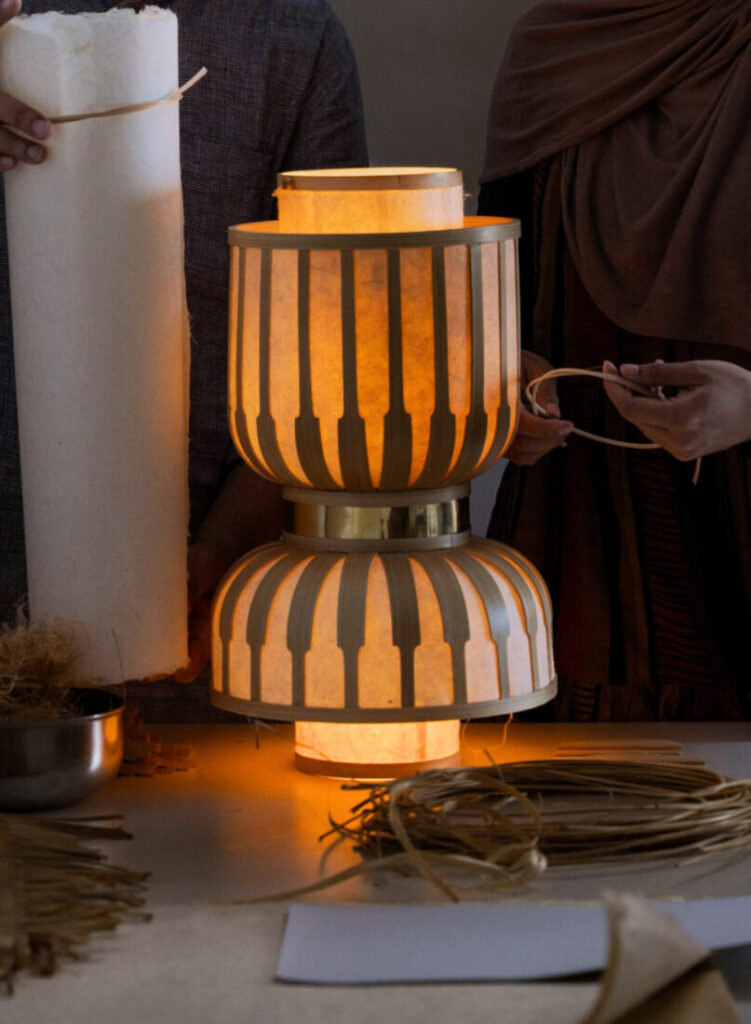
“Creating with social and sustainability considerations was not intentional at the beginning,” as Threadapeutic leading designer, Justine Andriana, explained. “It was because of the resources that had already been given to Hana Surya (our founding creative director) and her daily desire to make the best of those resources already given, whether material, community, or skill.” Handcrafted by local artisan Aulia Meilani Putri, this tapestry has gone through a ten-year learning curve with an age-old technique called slash quilting by using recycled small fabric remnants from local garment factories. The result is a painterly piece of artwork that is akin to its namesake: the slow-growing, “rock-hugging”, hybrid colony of algae.
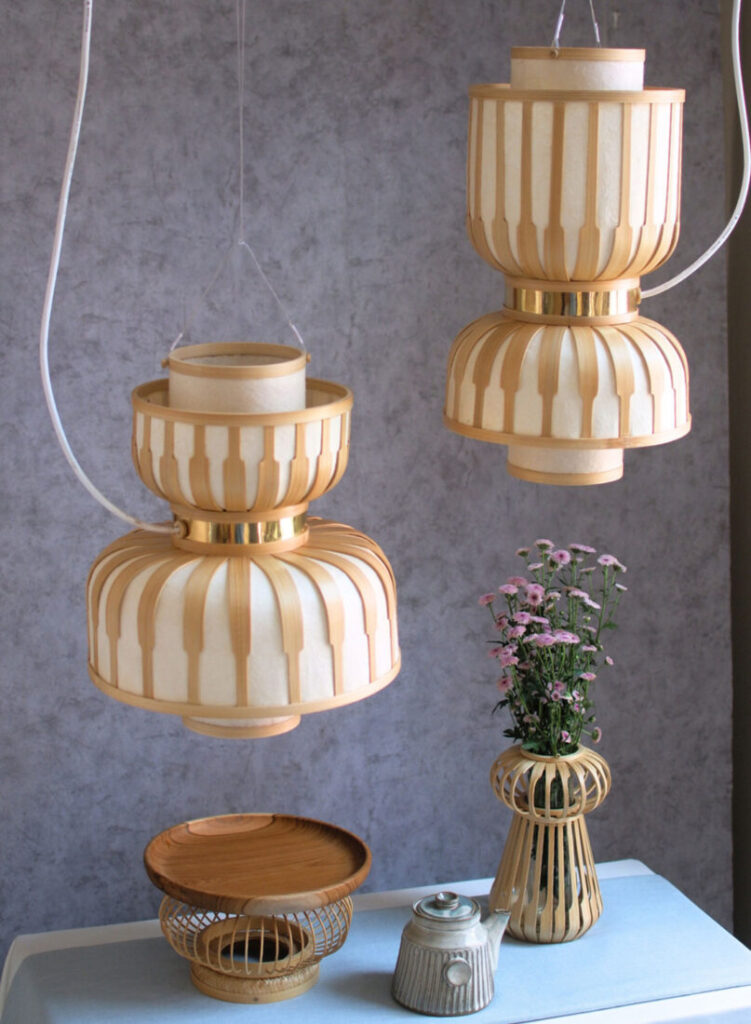
For Studio Dapur, social and environmental responsibility are inseparable from design. While the bamboo used to create their lamp is one of the most sustainable materials in Indonesia, the studio also went the extra mile to take care of their artisans. “For example,” explained studio founder Mega P. Puspita, “By incorporating waste-to-resource innovations like bamboo dust paper, we not only minimise environmental impact but also create cleaner working conditions and new opportunities for artisan communities.” It’s also worth mentioning that Penjor received the Good Design Award Indonesia in 2024.
Last but not least, EMERGE is also going to extend beyond the trade fair and the festival period. This includes a dedicated showcase at the Enabling Village in October 2025, as well as retail activations such as the EMERGE Prelude Showcase and The Contemporary Asian Design Store in the Asian Civilisations Museum store. Details below:
EMERGE 2025 Prelude Showcase
23 August to 21 September 2025
11.00am – 6.00pm
Supermama Store @ Asian Civilisations Museum
The Contemporary Asian Design Store: A retail continuation of EMERGE
26 September to 24 October 2025
10.00am – 7.00pm
Supermama Store @ Asian Civilisations Museum
Design Social: A thematic fringe show exploring inclusive design
1 October to 31 October 2025
12.00pm – 6.00pmwearesuper Gallery @ Enabling Village
We think you may also like Singapore Design Week 2025: Nation by Design
Like what you just read? Similar articles below